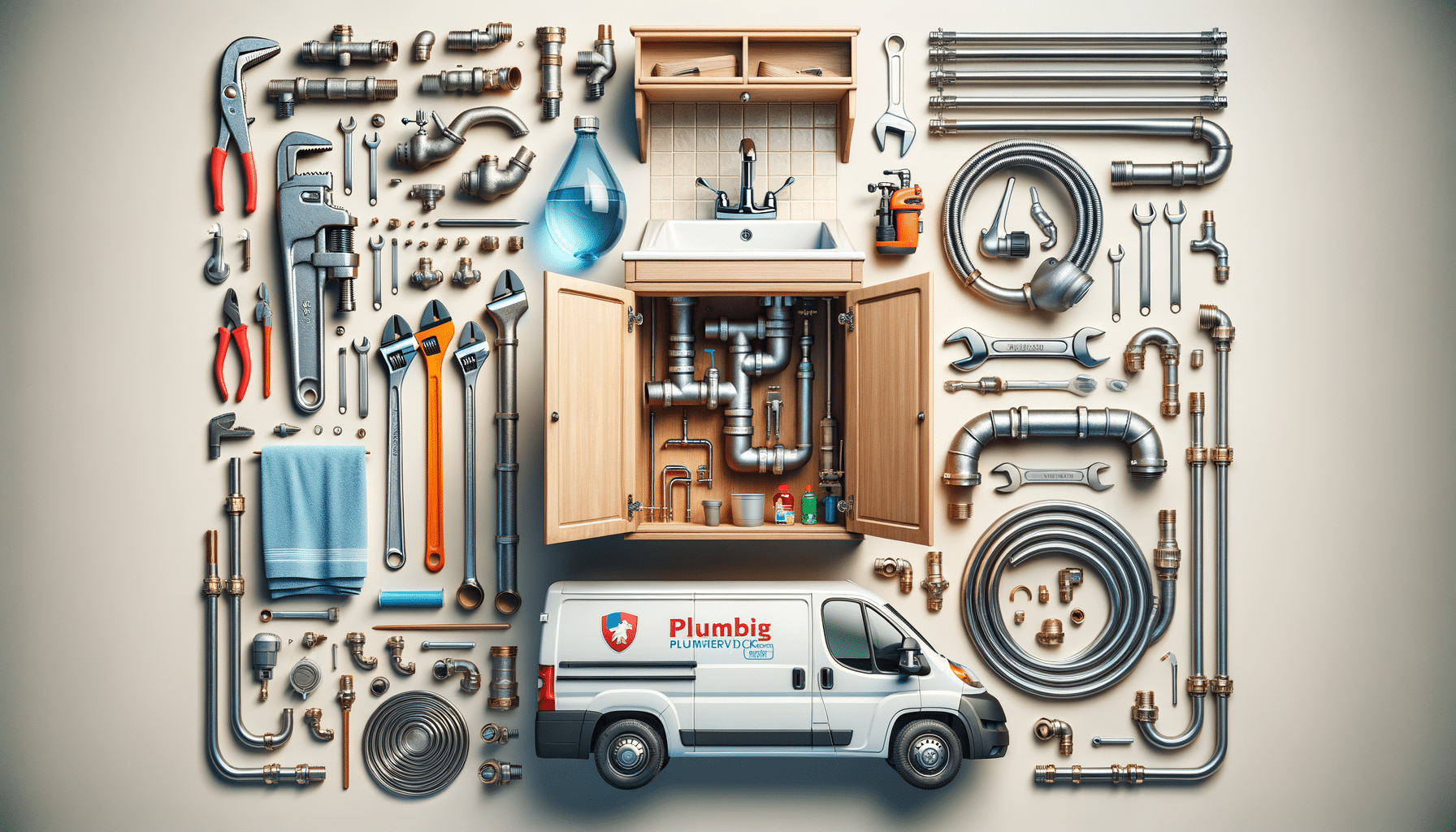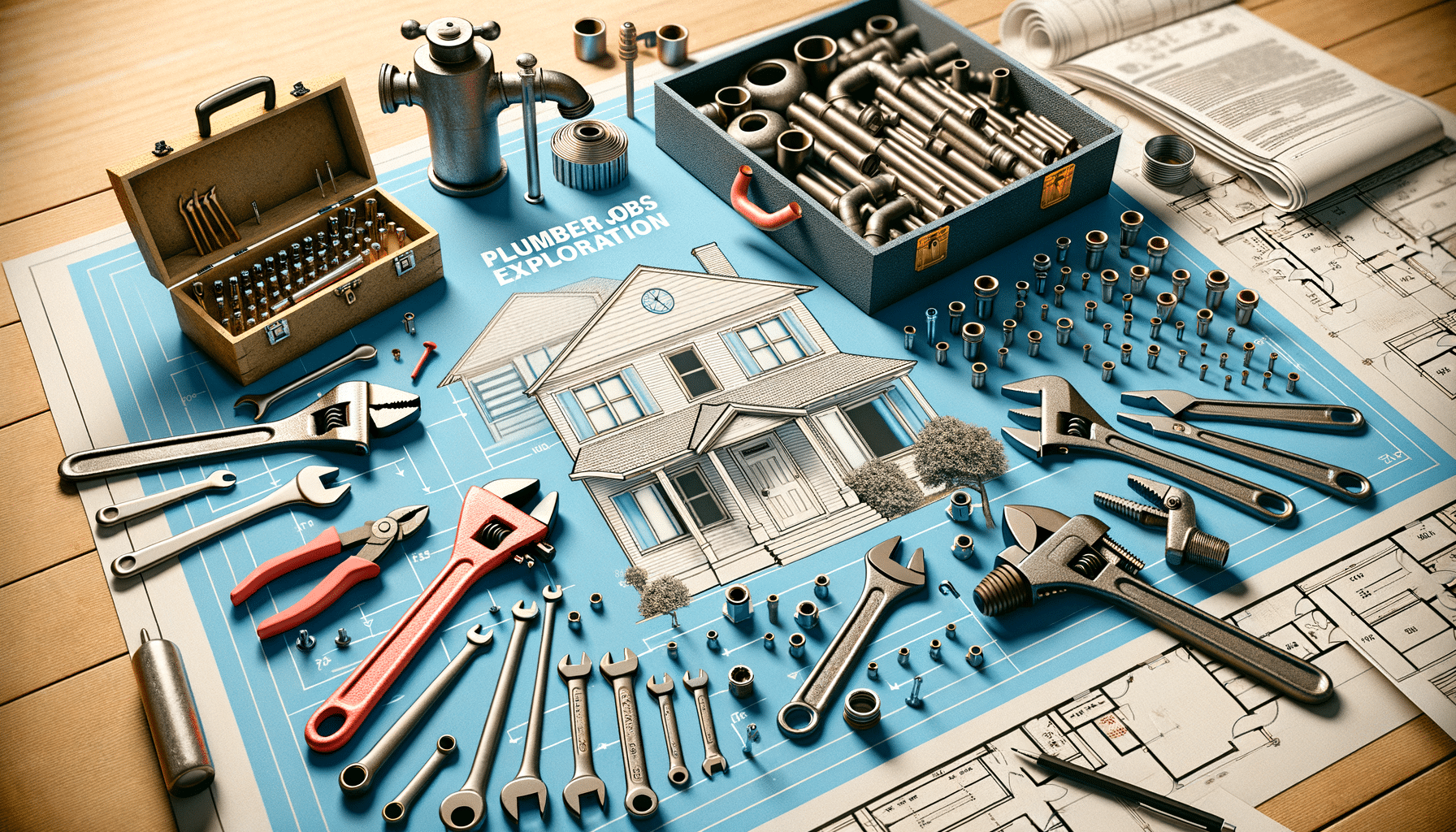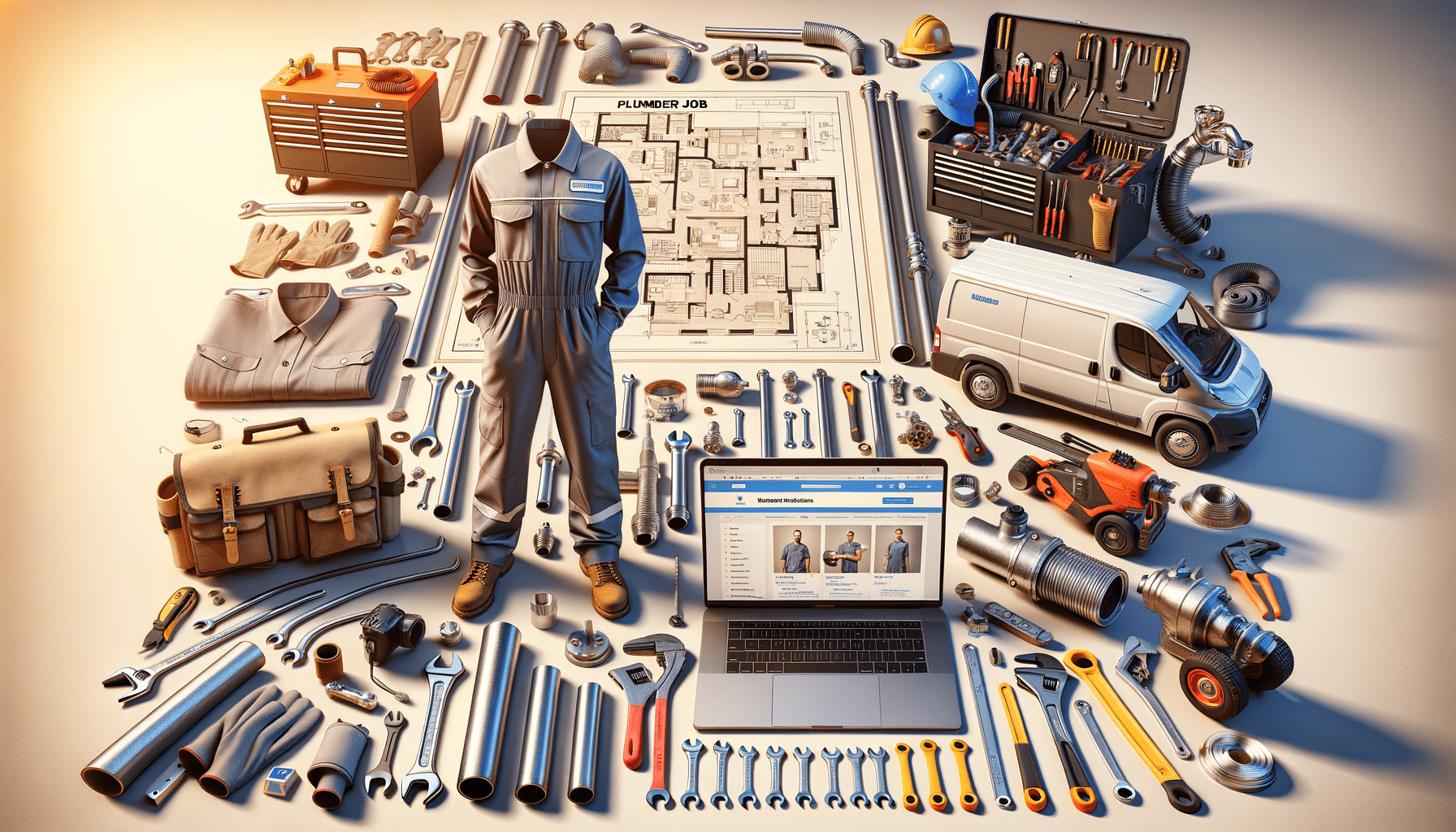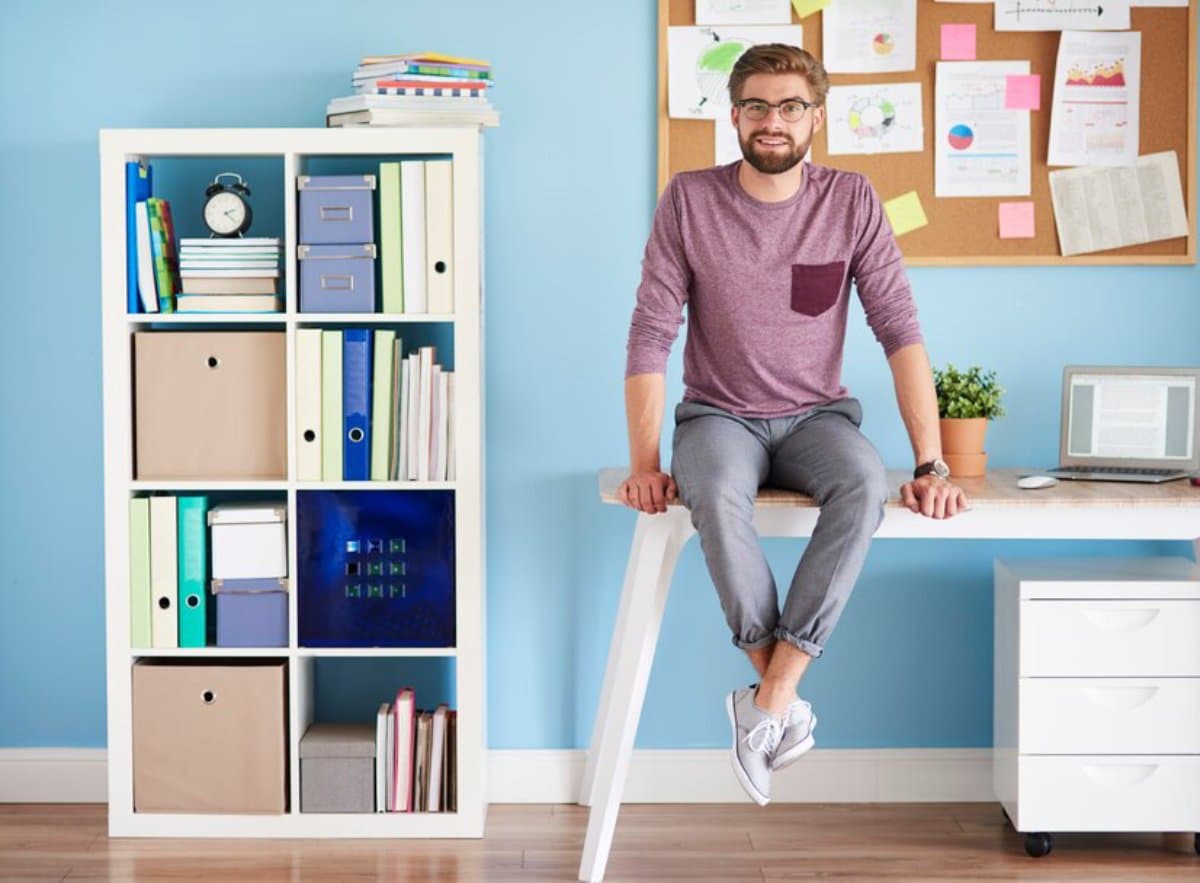
Declutter Your Workspace to Declutter Your Mind
You sit down, ready to dive into a focused work session. But your eye catches the scattered papers on the desk, the half-finished to-do lists, the tangled cables, and the unopened post. Before you’ve even begun, your brain is already distracted. Sound familiar?
In an age where productivity is prized but mental space feels elusive, there’s a powerful yet often overlooked strategy for boosting focus: decluttering your workspace.
Your physical environment deeply influences your mental state. A messy, chaotic desk can lead to mental fog, increased stress, and reduced ability to concentrate. On the flip side, a well-organised, calming setup can promote mental clarity, help you feel more in control, and create the conditions for deep, focused work.
In this blog, we’ll explore why your workspace matters, how clutter impacts your brain, and practical, science-backed declutter tips to help you reclaim both your space and your focus.
The Psychology of Clutter: Why It Affects Your Mind
Clutter Isn’t Just Visual — It’s Cognitive
According to research from the Princeton Neuroscience Institute, physical clutter competes for your attention in the same way as digital notifications. It overloads your visual cortex and reduces your brain’s capacity to process information effectively.
In other words, clutter doesn’t just make your desk look busy — it makes your mind feel busy, too.

The Stress-Clutter Connection
Clutter can also increase cortisol, your body’s primary stress hormone. A UCLA study on families found that women with cluttered homes had higher levels of stress and anxiety, particularly when the clutter was in common or visible areas.
The bottom line? If your workspace is constantly triggering low-grade stress responses, it’s going to be harder to settle into deep work, no matter how motivated you are.
Why a Clean Workspace Fuels Deep Work
Visual Peace = Mental Focus
When your desk is clear, your brain doesn’t have to work overtime filtering out irrelevant stimuli. This leaves more cognitive bandwidth available for your task at hand.
Think of it like noise-cancelling headphones — but for your eyes.
Physical Order Encourages Mental Order
Order in your environment encourages structure in your thinking. When your space is tidy, you’re more likely to:
- Approach work methodically
- Prioritise tasks effectively
- Finish what you start
It’s not about being minimalist for aesthetic reasons — it’s about building a workspace that mirrors your mental clarity.
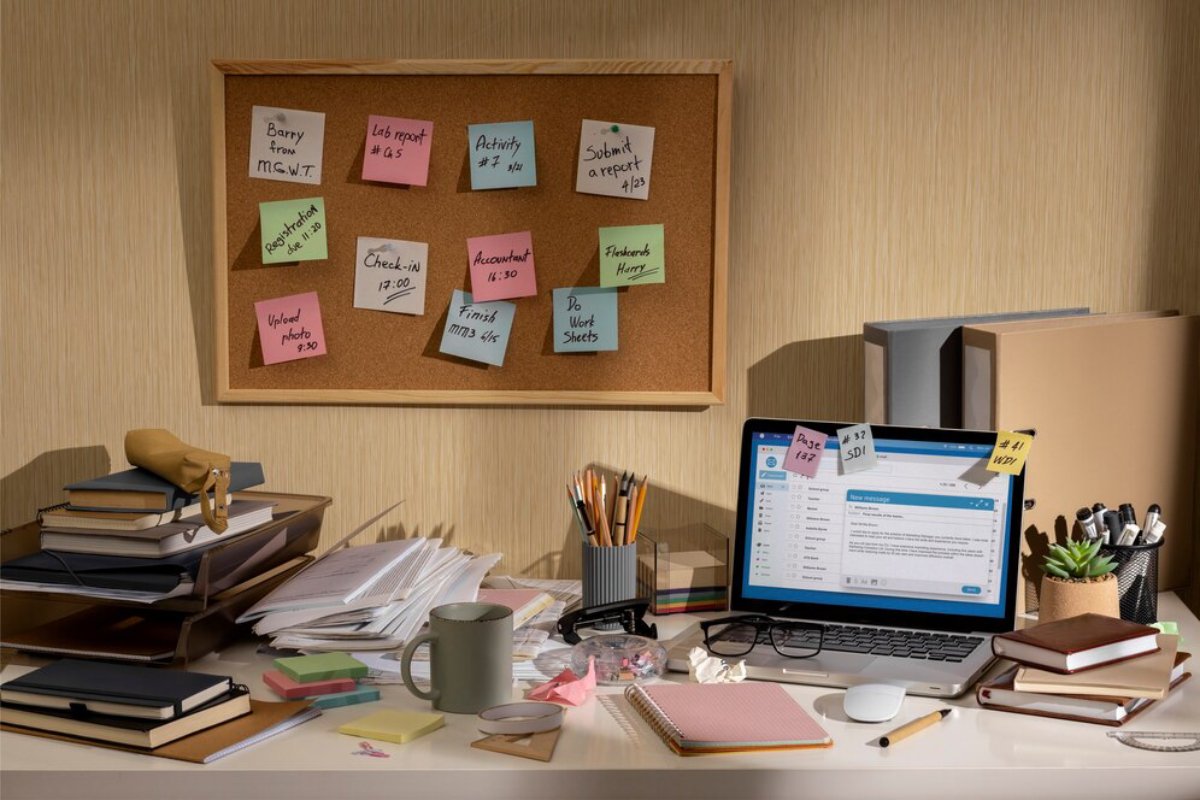
Common Workspace Clutter Culprits
Recognising what’s disrupting your flow is the first step. Here are some frequent offenders:
- Paper piles: Unfiled notes, receipts, drafts
- Loose cables: Chargers, headphones, extension leads
- Unsorted post: Letters you’ve “meant to open”
- Old stationery: Pens that don’t work, duplicate items
- Visual noise: Overly busy pinboards, open drawers, tangled desk ornaments
Decluttering isn’t about creating a sterile environment. It’s about reducing friction between you and your work.
Workspace Organisation Strategies That Actually Work
Step 1: Audit Your Desk
Before you tidy, take stock.
Ask yourself:
- What do I use daily?
- What can be stored elsewhere?
- What hasn’t been touched in weeks?
Remove everything from your desk. Only return items you use regularly or that serve a clear function.
Step 2: Create Purposeful Zones
Designate specific areas for different functions:
- Primary zone: Keyboard, mouse, main tools
- Secondary zone: Reference items, notebooks
- Storage zone: Files, backup supplies, personal items
This zoning creates a predictable layout that trains your brain to associate space with specific activities.
Step 3: Embrace Vertical and Hidden Storage
Maximise space without crowding your surface:
- Use shelves for books or decor
- Try drawer organisers or under-desk trays
- Use cable management clips to prevent cord tangling
Tip: Label drawers or containers. It saves mental energy later when you’re hunting for that one elusive USB stick.
Digital Decluttering: The Desk You Can’t See
Clutter isn’t just physical. A messy desktop or disorganised email inbox can be just as distracting as a pile of paper.
Tidy Your Digital Workspace
- Clear your desktop of unnecessary files
- Use folders with clear labels (by task or priority)
- Turn off non-essential notifications during focus time
Use tools like Notion, Evernote, or Trello to keep tasks visible but not chaotic.
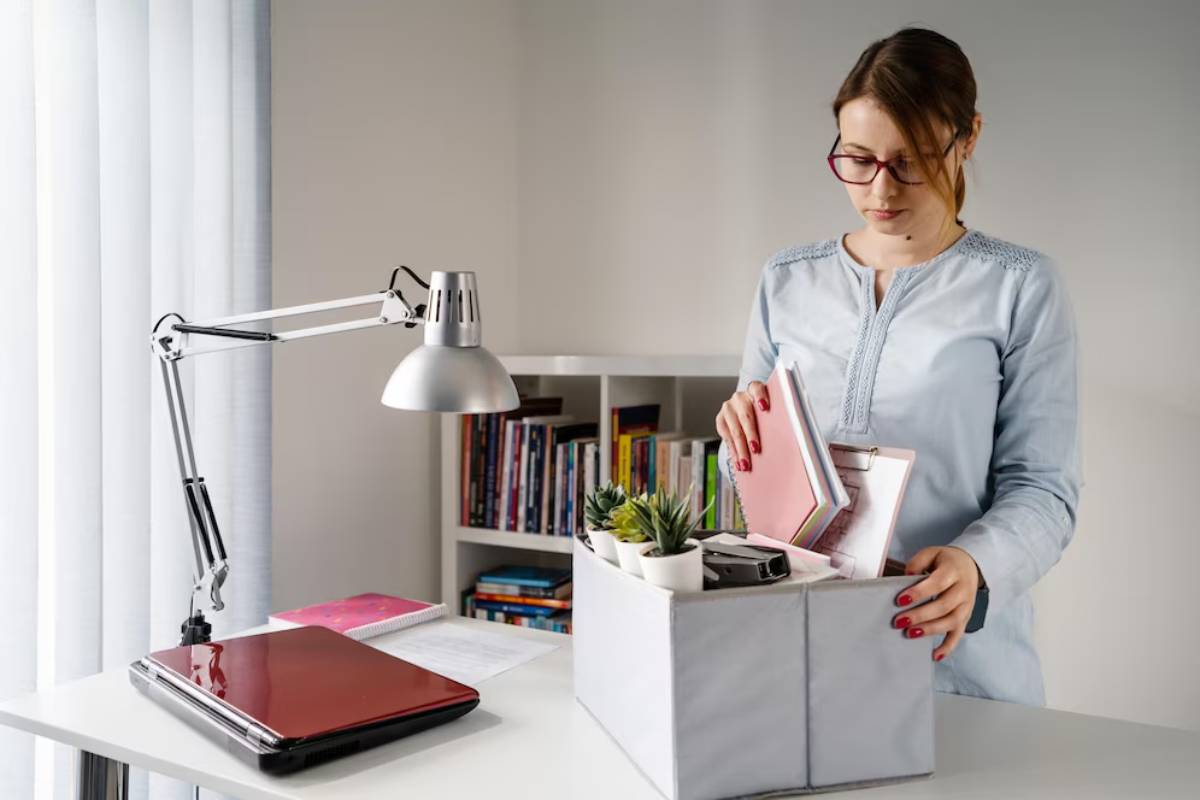
Maintaining a Clutter-Free Space: Habits That Stick
Decluttering once isn’t enough. Here’s how to keep your space in check long-term:
1. Adopt a “Reset Ritual”
At the end of each day:
- File away loose papers
- Return pens/tools to their place
- Clear coffee cups or food wrappers
This five-minute routine clears the stage for tomorrow’s productivity.
2. One-In, One-Out Rule
Before adding a new item to your desk, ask yourself: What can I remove or store away in its place?
This rule prevents gradual clutter creep.
3. Weekly Micro-Cleans
Set aside 15 minutes each week to:
- Wipe down surfaces
- Reassess item placement
- Empty your bin and shred old notes
These small actions compound over time and reduce the need for major overhauls.
Mindfulness Through Workspace Organisation
Turning Decluttering Into a Mental Reset
Tidy your desk not just to “get organised” — but to get present. Use the act of sorting, dusting, and arranging as a grounding ritual.
Try it:
- Focus on the feel of objects in your hand
- Notice textures and light patterns on your desk
- Breathe slowly as you organise
This simple mindfulness approach can create emotional closure at the end of a long workday.
Real People, Real Results
- Emma, 37, marketing consultant: “My desk used to be a mess — receipts, snacks, old reports. I finally cleared it after reading about workspace psychology. Now, I only keep what I need. I can focus better, and it feels like the chaos is gone from my head, too.”
- Dev, 29, freelance developer: “I set up zones: work stuff, reference materials, and a calm corner with a plant and photo. I’m surprised how much more I want to sit down and start working.”
Conclusion: Tidy Desk, Focused Mind
You don’t need to be a minimalist guru or an organisation fanatic to benefit from a clutter-free workspace. You just need to recognise that your environment influences your energy, your clarity, and your creativity.
When your desk is messy, your brain works harder to ignore what doesn’t matter. But when your workspace is intentional and organised, it becomes a mental sanctuary — a place that invites deep, meaningful focus.
So, take the time. Clear a surface. Store the distractions. Build a space that works for you, not against you.
What’s the first thing you’ll declutter today? Drop a comment below or share your favourite workspace organisation hack — and inspire someone else to reclaim their mental clarity.
